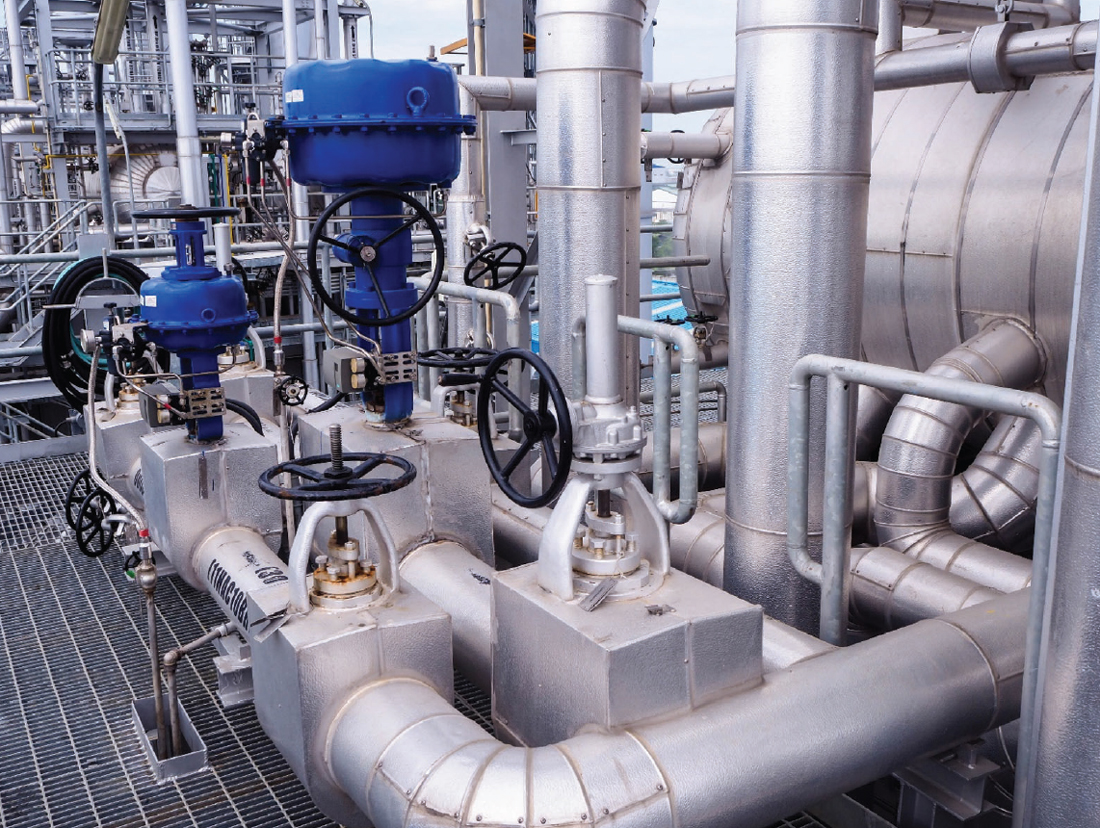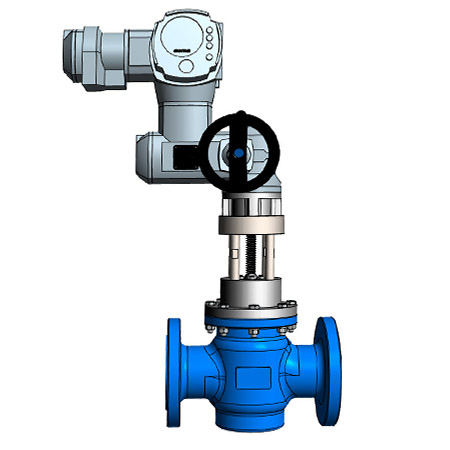Achieve Seamless Combination and Control With Top Quality Building Automation Controls
In the realm of modern-day structure administration, the significance of top quality building automation controls can not be overemphasized. Welcoming high quality building automation controls is not just a matter of comfort yet a tactical essential for companies aiming to maximize their facilities' efficiency and sustainability.

Evolution of Building Automation Controls
Throughout the previous few decades, the development of constructing automation controls has significantly changed the means structures are handled and run. Building automation systems largely concentrated on fundamental functions such as managing ventilation, home heating, and air conditioning (HVAC) systems. Nevertheless, as technology progressed, these controls have actually ended up being extra innovative, permitting a bigger series of structure systems to be incorporated and handled centrally.
The development of constructing automation controls has seen a change towards even more smart systems that can adjust to changing conditions in real-time. This versatility is vital for enhancing energy effectiveness and making certain passenger comfort. In addition, contemporary building automation controls now use functions such as anticipating upkeep, remote surveillance, and data analytics, making it possible for center supervisors to make data-driven choices to boost structure performance.

Benefits of High Quality Assimilation
The improvement in structure automation regulates in the direction of even more intelligent systems has actually underscored the substantial benefits of high quality combination in optimizing structure procedures and enhancing general effectiveness. Quality combination of developing automation controls uses a number of crucial benefits. Firstly, it results in boosted energy efficiency by permitting different systems to collaborate seamlessly, ensuring ideal performance and reducing power wastage. Secondly, quality assimilation improves occupant comfort and performance by enabling individualized control over environmental setups like air, temperature level, and illumination quality. This personalization can cause an extra favorable and comfy working or living setting. Additionally, top quality assimilation streamlines maintenance and troubleshooting procedures, as all systems are interconnected and can be kept track of and controlled from a central interface. This central control also supplies much better presence and insights right into building efficiency, enabling proactive upkeep and optimization approaches. In general, the benefits of quality combination in building automation controls are obvious, providing enhanced efficiency, convenience, and functional effectiveness.
Boosted User Experience and Ease Of Access
Enhancing customer communication with building automation manages with user-friendly design and enhanced accessibility boosts the overall experience for owners and facility managers alike. By concentrating on individual experience, constructing automation systems can end go to this web-site up being a lot more straightforward and effective. Intuitive user interfaces, clear navigation, and customizable setups encourage individuals to engage with the controls quickly and successfully.
Accessibility official website features play a vital duty in ensuring that all individuals, consisting of those with disabilities, can use the building automation manages effortlessly. Integrating functions such as voice commands, responsive switches, and color-contrasted screens can boost ease of access and make the controls more inclusive.
Additionally, improved user experience leads to higher user fulfillment, increased performance, and better decision-making. Residents can readjust environmental settings according to their preferences, while center managers can effectively keep track of and manage structure systems - control valves. Generally, prioritizing user experience and ease of access in building automation controls adds to an extra efficient and smooth building setting for all stakeholders entailed
Sustainable Practices Via Automation

In addition, automation can assist in the combination of eco-friendly power resources such as solar panels or wind turbines right into structure procedures. Via automation, buildings can this article straighten with modern sustainability objectives and contribute to a greener future.
Future Trends in Structure Control Systems
In anticipation of progressing modern technologies and evolving sustainability practices, the trajectory of building control systems is poised to accept cutting-edge solutions and transformative techniques. One noticeable pattern shaping the future of structure control systems is the enhanced integration of Artificial Intelligence (AI) and device knowing. These innovations allow buildings to adjust in real-time to changing problems, maximizing power usage and improving convenience for residents. Furthermore, the Web of Things (IoT) is reinventing structure control systems by linking sensing units and gadgets to improve and simplify operations performance.
One more essential pattern is the focus on cybersecurity measures to shield against potential hazards to building automation systems. As buildings become much more interconnected, making sure durable cybersecurity procedures will be important to safeguard sensitive data and protect against unauthorized accessibility.
Moreover, the change towards cloud-based platforms is acquiring momentum, enabling for streamlined control and remote accessibility to building systems. This helps with simpler monitoring, upkeep, and updates, enhancing the total efficiency and adaptability of structure control systems. As technology remains to breakthrough, these trends are anticipated to shape the future landscape of building automation controls, driving development and sustainability in the constructed atmosphere.
Conclusion
Future fads in building control systems are likely to concentrate on additional boosting automation abilities for enhanced energy performance and total performance. It is essential for building owners and operators to prioritize the fostering of top quality structure automation controls to enhance building procedures and accomplish long-lasting sustainability objectives.
In the world of modern-day building monitoring, the relevance of quality building automation controls can not be overstated. On the whole, the evolution of building automation manages proceeds to drive innovation in the structure monitoring sector, providing brand-new possibilities for producing smarter and much more sustainable structures.
The development in building automation controls towards more smart systems has emphasized the substantial advantages of quality combination in optimizing building operations and improving total effectiveness. In general, prioritizing individual experience and ease of access in structure automation controls adds to a much more efficient and seamless building atmosphere for all stakeholders involved.
It is important for structure proprietors and drivers to focus on the adoption of quality structure automation manages to maximize structure procedures and accomplish long-term sustainability goals. - control valves